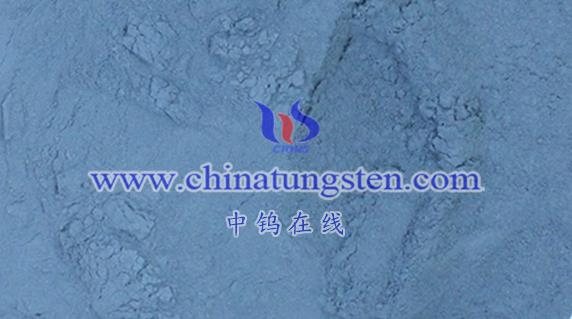
A nano tungsten oxide sensor is a device made from nano tungsten oxide (WO₃), a material known for its gas-sensitive properties as an n-type semiconductor. Its functionality relies on the ability of nano tungsten oxide to detect various gases by responding to their presence and concentration. Below is a detailed explanation:
- Definition and Principle of Nano Tungsten Oxide Sensors
Definition
A nano tungsten oxide sensor is a device that utilizes the gas-sensitive properties of nano tungsten oxide to detect gas types and concentrations.
Principle
- Semiconductor Gas-Sensing Effect
Nano tungsten oxide, as an n-type semiconductor, experiences changes in conductivity when exposed to gases. Gas molecules adsorbed on its surface interact with the material by exchanging electrons, altering its electrical conductivity. - Gas Adsorption and Reaction
The adsorption and desorption of gas molecules on the nano tungsten oxide surface is a dynamic process:- Oxidizing gases (e.g., O₂, NO₂): These gases extract electrons from the material, forming negatively charged ions, which increase the material’s resistance.
- Reducing gases (e.g., H₂, CO): These gases donate electrons to the material, forming positively charged ions, which decrease the material’s resistance.
- Resistance Change Detection
By measuring the changes in resistance of the nano tungsten oxide material, the sensor detects the type and concentration of the gas.
- Advantages of Nano Tungsten Oxide Sensors
- High Sensitivity
The high surface area and abundant surface defects of nano tungsten oxide provide numerous adsorption sites, enhancing its ability to detect gases. - Fast Response
The nanoscale nature of the material enables rapid response to changes in gas concentrations. - Good Selectivity
By optimizing the structure and composition of the nano tungsten oxide material, the sensor can selectively detect specific gases. - Excellent Stability
Nano tungsten oxide retains stability even at high temperatures, making it suitable for high-temperature environments. - Eco-Friendly and Energy-Efficient
The sensor operates without harmful reagents and has low energy consumption, aligning with environmental and energy-saving requirements.
- Disadvantages of Nano Tungsten Oxide Sensors
- Susceptibility to Humidity
Environmental humidity can affect the sensor’s performance, requiring humidity control measures in practical applications. - Challenges in Selectivity and Stability
While the sensor demonstrates good selectivity, further improvement is needed to meet stringent application requirements. Long-term stability also requires attention and enhancement. - High Production Costs
The fabrication of nano tungsten oxide involves complex processes, resulting in higher production costs and limiting its widespread industrial use.
- Application Fields of Nano Tungsten Oxide Sensors
Nano tungsten oxide sensors are widely used in various domains:
- Environmental Monitoring
Detecting pollutants in the air, such as nitrogen oxides and sulfur oxides. - Industrial Safety
Monitoring toxic and harmful gas leaks in industrial settings. - Medical and Health
Applications in breath monitoring and disease diagnosis.
Summary
Nano tungsten oxide sensors are gas sensors characterized by high sensitivity, rapid response, and good selectivity. However, their application faces challenges such as sensitivity to humidity, optimization of selectivity and stability, and high production costs. Addressing these issues and reducing manufacturing costs are critical to enabling their broader adoption across diverse fields.
More details of tungsten oxide product, please visit website: tungsten-oxide.com
Please contact CHINATUNGSTEN for inquiry and order of tungsten oxide:
Email: sales@chinatungsten.com
Tel.: 86 592 5129595





















